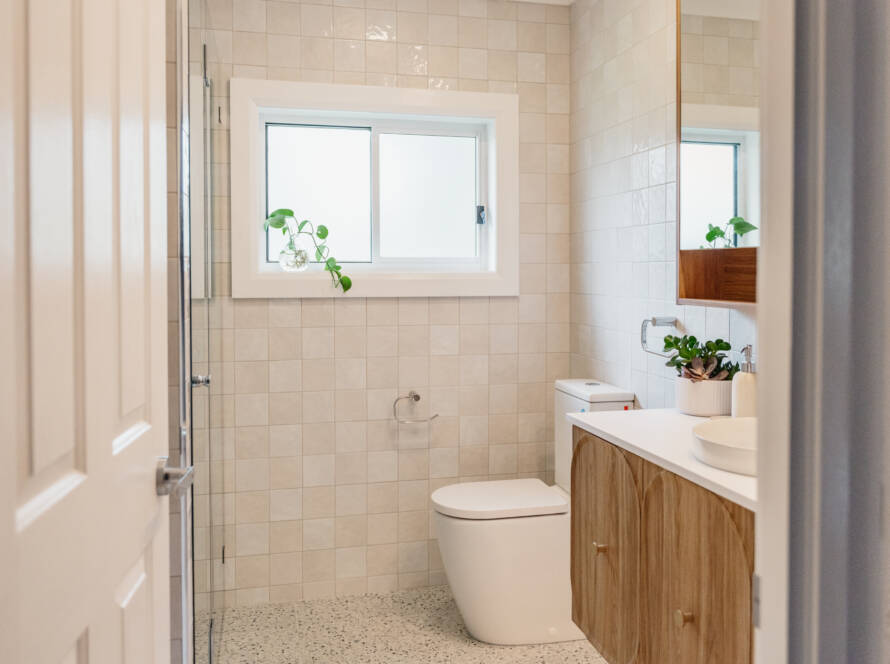TIMBER OR COMPOSITE DECKING? This is a question many home and business owners ponder when planning to enhance their property with a new outdoor deck. Here are some essential considerations:
SUITABILITY FOR HARSH CENTRAL COAST CLIMATE Composite timbers can become quite hot when exposed to direct sunlight on warm days, which can make them uncomfortable for barefoot walking. If you are installing a composite deck that will face the sun during the summer, it is important to choose the right type of composite. Specialists recommend selecting composites with a lower plastic content for this reason.
In contrast, Australian hardwood timbers are naturally adapted to withstand the tough local climate, staying cool even under prolonged sun exposure.
DECK MAINTENANCE Most high-quality composite decking requires minimal maintenance, needing just a regular clean. However, most hardwood timbers need to be treated and sealed every 6-12 months, depending on their exposure to the elements and the type and amount of use.
For those preferring natural timber with less maintenance, options like Iron Deck and Park Deck utilize Ironwood Ironbark timber that undergoes a unique preparation process involving exposure to sunlight, application of a natural ageing serum, and wire brushing to achieve a weathered look with enhanced structural integrity and slip resistance, all with virtually no maintenance required.
ENVIRONMENTAL IMPACT The environmental impact of decking materials varies significantly. Some composites are less eco-friendly, especially those made from non-sustainable materials and resins. Most composites are not recyclable, which may concern those aiming for a greener footprint. Despite this, a high-quality composite can last over 10 years.
At Pure Design Construction, we prioritize using recycled, reclaimed, and sustainably sourced hardwood timbers. Our commitment to environmental conservation is deep-rooted, recognizing the critical role of forests in our ecosystem.
COST Composite decking offers a wide price range. Lower-quality composites are cheaper than most hardwoods, but the highest-quality options may be more expensive. Choosing cheaper composites might save money initially but could cost more in the long run due to lower durability and practicality.
AESTHETICS Many choose natural timber decking for its inherent beauty and warmth. Composite timbers, designed to mimic real wood, offer a broader range of colors. The choice between the natural look of hardwood and the manufactured appearance of composites depends on personal preference.
STRENGTH, WEIGHT, & LONGEVITY Composite boards are often heavier than natural timber but not necessarily stronger. They generally have a lower strength rating than hardwood timbers and less structural integrity as man-made products. The extra weight is a consideration when constructing the deck’s frame and substrate.
The lifespan of your deck depends on the material choice, usage, positioning, and climate.
COMPOSITE DECKING FROM PURE DESIGN CONSTRUCTION Considering a new deck? Contact us at Pure Design Construction. With extensive experience, our skilled team has designed and built numerous custom decks across the Central Coast. We take the time to understand your needs, offer tailored advice, and ensure high-quality results. Don’t just take our word for it—our satisfied customers speak to the quality of our work and our commitment to excellence.



